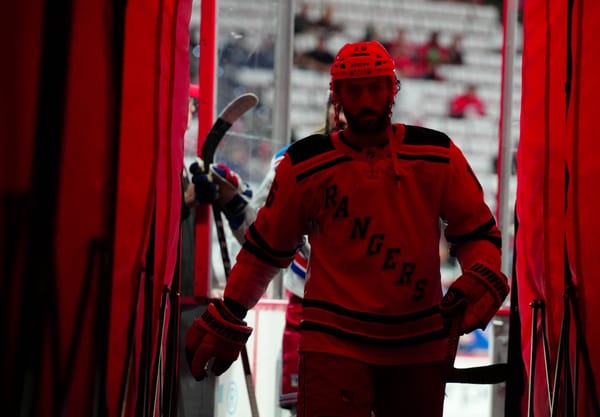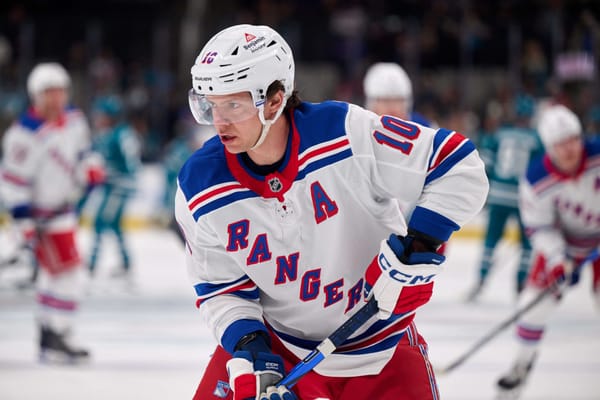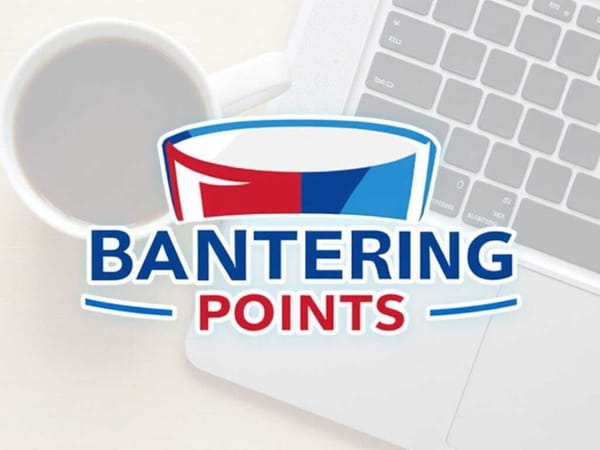Reload, Retool, or Rebuild? Part One (Where NYR Are At Now)
This is the introduction of a multi-part series this off-season, examining three varying strategic routes for the New York Rangers to take following the 2015-16 season.
Reload, Retool, or Rebuild?
This is certainly Rangerstown’s most depressing time of year, with this writer’s hubris being no exception. The long, dull months of 2015’s summer trickling into the hundreds of fast-and-furious hours of hockey during the winter, culminating with an all-too-brief stint in the springtime postseason tournament. Another year invested, another year lost.
But it’s a particularly different strain of sadness this time around.
In 2012 and 2015, it was the sting of our beloved Rangers boasting the title of being the best regular-season Eastern Conference team... only to succumb to a lower-seeded adversary in the Conference Finals. In 2013, it was an all-around disappointing campaign, plagued with a lack of depth and unsuccessful mid-season acquisitions, that left us scratching our heads. And of course, 2014’s loss to Los Angeles in the Stanley Cup Final was a long, majestic run cut three victories too short by the towering Los Angles dynasty.
But in the dreary aftermath of each one of those years, somehow, we all knew "well, next season's another chance." Each one of those times, I sat at my computer and was able to take shelter in some comforting certainties, despite the fresh agony of defeat laid upon all of us. Things like "this team is a relatively good, and can improve" and "Henrik Lundqvist is still young, and has plenty of time left" and "well, at least it was pretty cool that the team got past the first round, which 75% of the league wishes they could say."
Now?
Now is a different feeling, and not one of those maxims holds water this time around.
I mean the Rangers *could* make some big, bold moves this off-season... but realistically I'm resigned to think this pic.twitter.com/K4dFSiXP6N
— HockeyStatMiner (@HockeyStatMiner) April 23, 2016
The reality is the Rangers' current window of Cup contention is most likely over. There were five postseason attempts (with this 2016 run admittedly being a very generous inclusion), where Glen Sather’s final assortment of players came close but, ironically, no cigar. The fact of the matter is the overvalued assets and the warped view of what helps and what hurts (both from the front office all the way down to the coaching staff), has caught up to the team and surpassed any remedy a generational goaltender like Lundqvist could possibly counter.
And now, the poisonous fruits will begin to manifest.
The trading of top draft picks and premium prospects, like Anthony Duclair in 2015, will come back as New York will have to retool, if not wholly rebuild, with a currently bare cupboard of prospects to reinvent another window of opportunity some seasons down the road. Winter is coming, and this franchise has sold its harvest, extremely if not understandably, for shot after shot at championship glory, but which never materialized nonetheless.
But that’s all in the past now.
The larger issue at hand, going forward, is this:
Reload, retool, or rebuild?
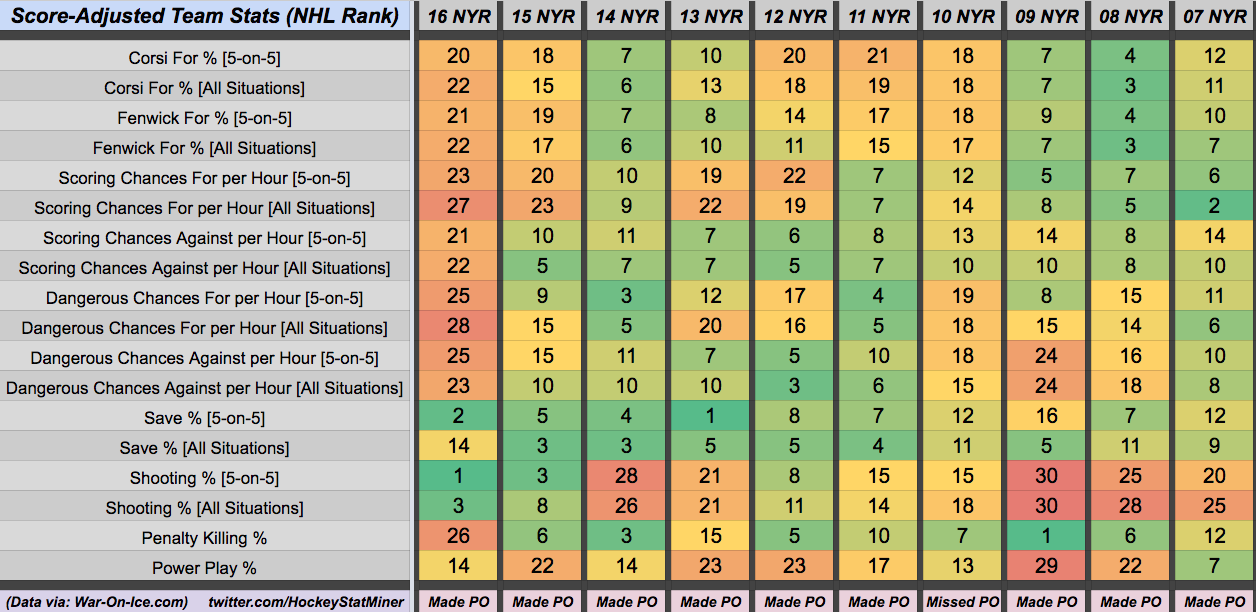
Reloading
What "reload" means is essentially what the team has done in the summers of 2013, 2014 and 2015. That is, believing (correctly) that the overall roster is realistically closer to being competitive than an all-out reclamation project. Such entails making moves in line with salary cap restrictions and pure ambition, to fine-tune personnel for a deep playoff run the following spring. In each of the last three off-seasons, the team only lost players due to the salary cap, or forgone their assets to pursue other free agents deemed as upgrades. Simply put, to reload is to be at peace with the current formula, not deeming any area of the roster as especially problematic nor concerning.
There were no blockbuster trades to be done in any of the last three off-seasons, for no other reason than management was not inclined in triage nor mandated by cap restrictions to do so. The roster was, in their eyes, was solid, and no veering mechanics other than tinkering or upgrading was deemed necessary. The biggest summer splashes? The 2015 trades of Carl Hagelin and Cam Talbot were to accommodate the new salary cap. The 2014 amnesty buyout of Brad Richards was to avoid the potentially devastating contractual recapture penalty down the road. These were proverbial oil changes, not majorly elected acts of reconstruction.
Retooling
Now a "retool" is a little different. By that, I mean there are key areas where the front office says ‘we’ve just GOT to do something about _________." In the case at hand, the correct fill-in-the-blank could be a number of things; the defensemen, the penalty kill, the consistent stream of ghastly missed assignments by forwards. There’s really no right answer right now. But ultimately a retooling predicates that short-term competitiveness for nearby playoffs isn’t exactly out of reach, either. It implies some surgical necessity in re-calibrating the current roster, but more akin to removing wisdom teeth than open-heart bypass. The term "retool" is diagnosing the team more problematic than a "reload", yet more practically salvageable and less severe than a "rebuild."
A good example of retooling was in the summer of 2009. Seven years ago the Rangers cut their losses with Scott Gomez, trading him to Montreal and somehow acquiring future captain Ryan McDonagh. Markus Naslund retired, and the option of Nik Zherdev’s salary arbitration ruling was declined. Instead, the team attempted to revitalize offense by signing free agents Marian Gaborik, Vinny Prospal and Ales Kotalik. This was too furious and widespread an off-season to deem a casual reload, but still aimed too relatively-nearsighted at playoff contention to be a rebuild.
Rebuilding
Which brings us to "rebuild." This is the more dire end of the "retool" spectrum, where there are many fires to put out, so much so that the very idea of having a realistic shot at the Stanley Cup 12 or even 24 months from now is just not there at all, despite the most wily optimism. If that’s the case, the front office bites the bullet and begins selling assets that currently competitive teams would want in exchange for bluechips (draft picks, prospects, very young NHL players). In a rebuild, an impasse is breached, where losing becomes not only expected, but actually embraced, as any team surrendering hope for nearby playoff success logically reverts to coveting top-lottery draft picks.
The best recent example of a rebuild was 2004, when then-GM Glen Sather radically gutted the roster heading into the 2005 work stoppage. At the trade deadline, veterans Matthew Barnaby, Greg de Vries, Alex Kovalev, Vladimir Malakhov, Petr Nedved, Martin Rucinksy, Chris Simon, and yes, even Rangers legend Brian Leetch, were all liquidated for draft pricks, prospects, and very young minor league players. Even if the 2004-05 season had actually happened, there was no way the Rangers expected to be anywhere near the playoff picture come the following spring (in fact, the 2005-2008 Jagr era success in the inaugural years of the salary cap era were nothing short of a wonderful surprise). The organization was invariably content to demolish in 2004 for hope of a newer, stronger structure to be built years down the road.
And not for nothing, but the fire sale resulted in future Rangers such as Blair Betts, Brandon Dubinsky, Karel Rachunek, and Michael Sauer. Certainly less than expected considering a sum of ten trades, but if nothing else, cleared salary cap space for the post-2005 Broadway squads.
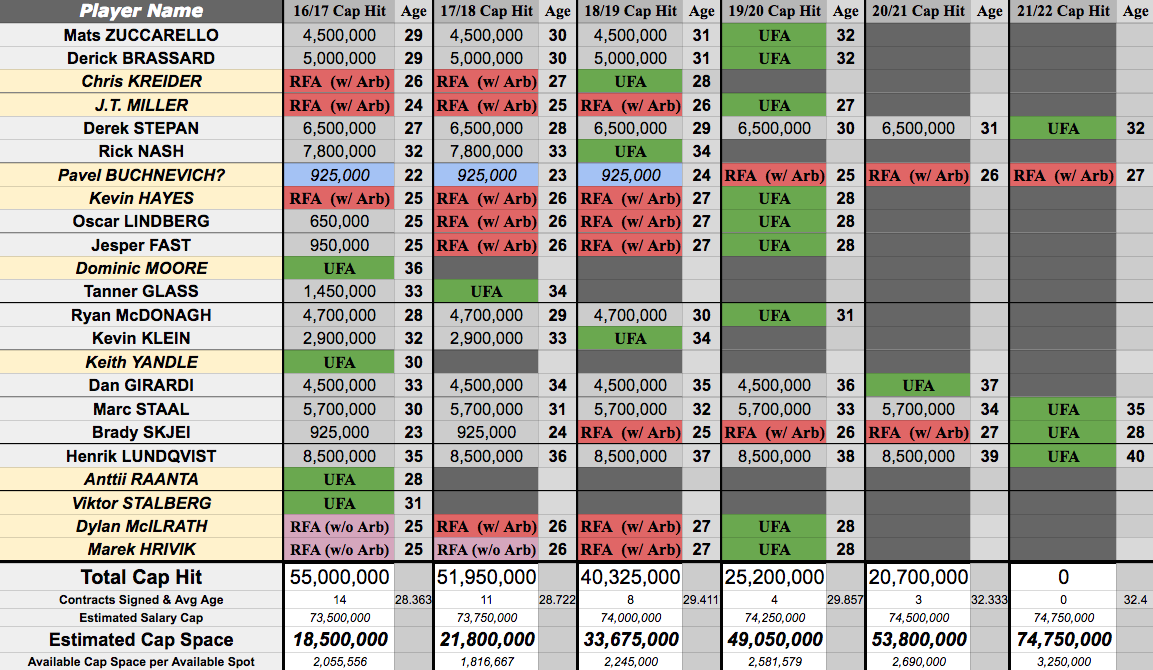
The NY Rangers' current state of contractual affairs
Where can the Rangers go from here? In the next installment I'll have some of my thoughts on this, but for now what are your thoughts?

